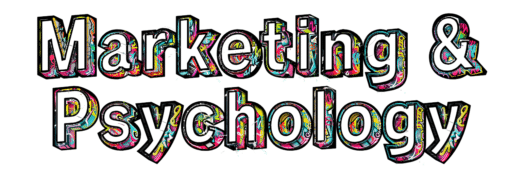Telling Tales.
It would be quite unusual to see an advert on TV that just said, “Buy x product”. Car adverts often show people on a journey, clothing adverts show environments in which the clothing might be worn, and adverts for household appliances explain the problem they will solve. Adverts generally convey a narrative beyond the facts.
This narrative can be encapsulated in a story. Stories are fundamental to human language as they add context to events. ‘Person buys food’ is not an interesting message in itself, but if an advertiser starts to add a backstory suddenly a single event has a meaning and rationale. Perhaps the person buying the food is on a specific diet; perhaps they are buying for someone else; perhaps they just love the taste of that specific food.
Narrative Transportation is the name given to those times when people become absorbed by stories (Gerrig, 2018). People identify with the characters and empathise with the emotions they feel as their experiences affect them. There is even some evidence that the brains of those being told the story react as if the story is happening to them (Speer et al., 2009). Stories then also make information more memorable (Bartlett, 1932).
What type of story to tell though? Well, in 2007 Christopher Booker identified seven potential types of story:
- Overcoming a monster
- Rags to riches
- The quest
- Voyage and return
- Comedy (happy ending)
- Tragedy
- Rebirth
Next time you’re watching an advert then, try to consider which of these structures best summarises the narrative. And perhaps consider too how you could use a narrative to convey a intended message for your brand.
Bartlett, F. C. (1932). Remembering: A study in experimental and social psychology. Cambridge University Press.
Booker, C. (2004). The seven basic plots: Why we tell stories. A&C Black.
Gerrig, R. (2018). Experiencing narrative worlds. Routledge.
Speer, N. K., Reynolds, J. R., Swallow, K. M., & Zacks, J. M. (2009). Reading stories activates neural representations of visual and motor experiences. Psychological science, 20(8), 989-999.
Photo by Glenn Carstens-Peters on Unsplash
